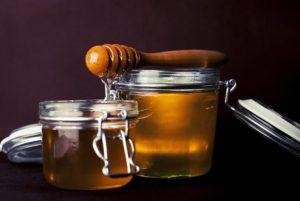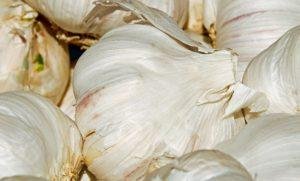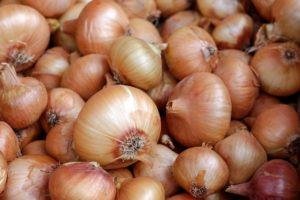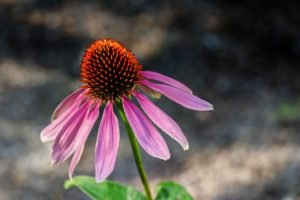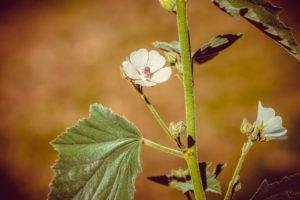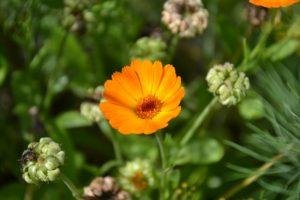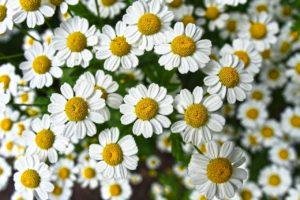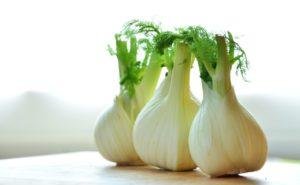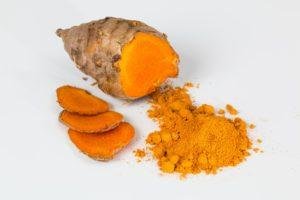What is leaky gut, and how does it impact your health? A leaky gut happens when your intestinal walls become thin in areas that allows toxins, pathogens, and protein molecules to seep into your bloodstream, triggering an immune response.
Leaky gut has been linked to health issues like food & environmental allergies, skin issues, headaches, and GI issues. It’s also a known precursor to autoimmune disease.
When your gut health is out of balance with an overload of bad bacteria, your entire system is thrown out of balance. Healthy amounts of gut flora is so crucial to your overall health.
You can normalize your gut activity and flora by improving your diet, increasing fiber, taking daily probiotics, and using nutrients and herbs that repair your gut lining. Combat leaky gut by eating foods that promote the growth of healthy gut bacteria, including fruits, cultured dairy products, healthy fats, lean meats, and fibrous and fermented vegetables. Avoid processed and refined junk foods.
Herbal Antibiotics
Nature’s antibiotics are very effective. They reduce the harmful bacteria in your body, reduce inflammation and increase the presence of good, protective bacteria. Pharmaceutical antibiotics destroy both good and bad bacteria.

Oregano oil (Origanum vulgare) is a powerful antibacterial oil because it contains carvacrol and thymol, two antibacterial and antifungal compounds. In fact, research shows oregano oil is effective against many strains of bacteria, including Escherichia coli (E. coli) and Pseudomonas aeruginosa. Oregano oil is extracted from dried oregano through a steam distillation process to produce a strong, spicy-smelling, yellowish-brown elixir, which can be used to treat a whole host of ailments.
To use oregano oil as a natural antibiotic, you can mix it with water or olive oil. The dosage depends on the condition you’re treating, but remember to take only very small amounts at a time—about 1-2 drops.
Manuka honey is antibacterial and bacterial resistant. This means that bacteria shouldn’t be able to build up a tolerance to its antibacterial effects.
Clinical studies have shown that Manuka honey effectively inhibits multiple drug-resistant pathogens, indicating it has a broad spectrum of antibacterial capabilities. In addition, studies have shown that Manuka honey can disperse and kill bacteria that are living in biofilms, or communities of cells that are usually enclosed. This means Manuka honey can be used to prevent the growth of bacteria in wounds, mucosal surfaces and implanted devices.
To experience its healing benefits, take one to two tablespoons of Manuka honey per day. You can eat it straight or add the honey to yogurt, a smoothie or toast. Keep in mind, though, that heating it can alter its therapeutic properties. You can also apply Manuka honey topically to cuts and infections.
Garlic (Allium sativum) contains sulfur compounds including allicin, which have been proven to display antimicrobial activity and work to kill pathogens that are responsible for both common and rare infections. Garlic has been used for centuries to combat infectious diseases, and its antibacterial effects were first described in the mid-1800s.
Garlic’s antimicrobial properties are strongest when it’s raw. Finely chop or crush a raw garlic clove and let it sit for about 10 minutes before eating it. This releases the enzymes that are converted into allicin. Start by eating about one clove of garlic every day to prevent bacterial infections.
You can also find raw garlic in powder, oil, extract and tablet forms.
Onions (Allium cepa L) contain powerful flavonoids that have antibiotic properties. Onions and garlic both contain therapeutic sulfur compounds called cysteine sulphoxides.
When using onions for their medicinal benefits, cut one open and let it sit for about 10 minutes to increase the phytonutrient content. Sauté sliced or chopped onions with coconut oil or olive oil and mix them with raw garlic to help inhibit pathogens.
Echinacea (Echinacea purpurea, or angustifolia) is a powerful herb for immune system support that fights a number of infections, including those caused by bacteria. When echinacea is taken as soon as symptoms develop, it can help cut the duration of illnesses that are sometimes treated with antibiotics.
Herbs That Heal The Stomach Lining
Marshmallow root (Althaea officinalis) taken internally helps soothe and repair the gut lining reducing inflammation and pain. This herb helps restore the gut lining by forming a protective layer around small junctions and killing bacteria. It’s also beneficial for other forms of inflammatory bowel diseases, including ulcerative colitis and Crohn’s disease.
Marshmallow root infusion tends to work the best and is soothing to the stomach while not causing any side effects. The infusion needs to steep for several hours or overnight to extract the mucilage which soothes and heals your stomach.
Licorice root (Glycyrrhiza glabra) is a powerful anti bacterial & antioxidant. The root guards digestive mucous membranes by increasing the production of mucin, a secretion that protects gut linings against stomach acid and other digestive juices. Deglycyrrhizinated licorice root (DGL) removes the glycyrrhizic acid (the ingredient in licorice root associated with the possibility of increasing blood pressure and water retention). The soothing part of the root, however, remains intact in DGL.
Use 1 teaspoon of the chopped herb brewed as tea, three times a day, or 1 to 2 chewable wafers of DGL (250 to 500 mg) 15 minutes before meals and one to two hours before bedtime.
Ginger (Zingiber officinale) is a time-tested digestive remedy for stomach upset and ginger in tea is great for indigestion. It reduces spasms and increases the secretion of digestive juices, including bile and saliva. Ginger contains ingredients that soothe the gut and aid digestion by increasing peristalsis that moves food through the intestine.
To make a tea, cut a few slices of fresh ginger or 1 teaspoon of chopped ginger, pour boiling water over the ginger and cover for 5 minutes and you have the perfect ginger tea. To add a little extra, slice some lemon or sweeten your drink with honey. Drink this tea three times a day.
Calendula (Calendula officinalis) helps heal the stomach lining, by repairing any holes or other issues in your gut wall. Calendula is antimicrobial and antiviral, which helps balance your gut flora and remove toxins from your body. It’s especially powerful at detoxing the lymphatic system, which in turn boosts your immune system and gut health.
To help heal your stomach lining, drink calendula tea 2-3 times a day. Calendula tea is a gentle way to incorporate the healing properties of the flower, helping to soothe all of the tissues of the digestive tract while calming your body down.
Chamomile (Chamomilla recutita or Chamomilla matricaria) is known for reducing anxiety and helping people fall sleep. It’s used to calm an upset stomach and soothe the mucous membrane reducing spasms. Chamomile tea helps stimulate digestive juices which break down food and ease digestion.
To make a tea use 1 teaspoon of dried flowers and pour boiling water over the chamomile and cover for 5 minutes. Drink this tea twice a day.
Fennel (Foeniculum vulgare) seeds reduce digestive cramping, gas and bloating, they have an antispasmodic effect on the smooth lining of the stomach. The seeds help protect the gut lining by reducing inflammation and help form a protective barrier by promoting a healthy microbiome.
Plantain (Plantago major or Plantago minor) is soothing and cooling to mucous membranes, helping to heal tissues, prevent bacterial overgrowth, and close the tissues back together. The seeds contain mucilage, which swells up in the gut, acting as a lubricating laxative, this soothes irritated membranes and aids in healing. The leaves are made into a tea and drank daily.
Turmeric root (Curcuma longa) improves digestion, helping to keep inflammation under control. It has the ability to suppress inflammation, increase mucus content of the stomach and stop bleeding. Turmeric helps prevent ulcerations, including gastritis, peptic ulcers, irritable bowel syndrome, leaky gut and colitis. Add turmeric to your food and beverages several times a week.
Gut Healing Tea recipe
Here is a simple formula for a gut-healing tea. You make this blend in bulk and then store it in an airtight container. A ‘part’ is what measurement you choose, for example 1/2 cup or 2 ounces.
- calendula flower (Calendula officinale)
- plantain leaf (Plantago major)
- peppermint leaf (Mentha piperita)
- chamomile flower (Matricaria recutita)
- ginger root (Zingiber officinale)
- fennel seeds (Foeniculum vulgare)
- licorice root (Glycyrrhiza glabra)
Blend equal parts of each herb in their “cut and sifted” preparation and store the mixture in an airtight container. Use less of the licorice root, its sweetness can be overwhelming – 1/3 to 1/4 part relative to the other herbs. For each quart of tea, use two heaping tablespoons of the blend. Put the blended herbs in a french press or mason jar, and pour boiling water over them. Steep covered for ten to fifteen minutes, and drink in quantity throughout the day at least a quart each day.

